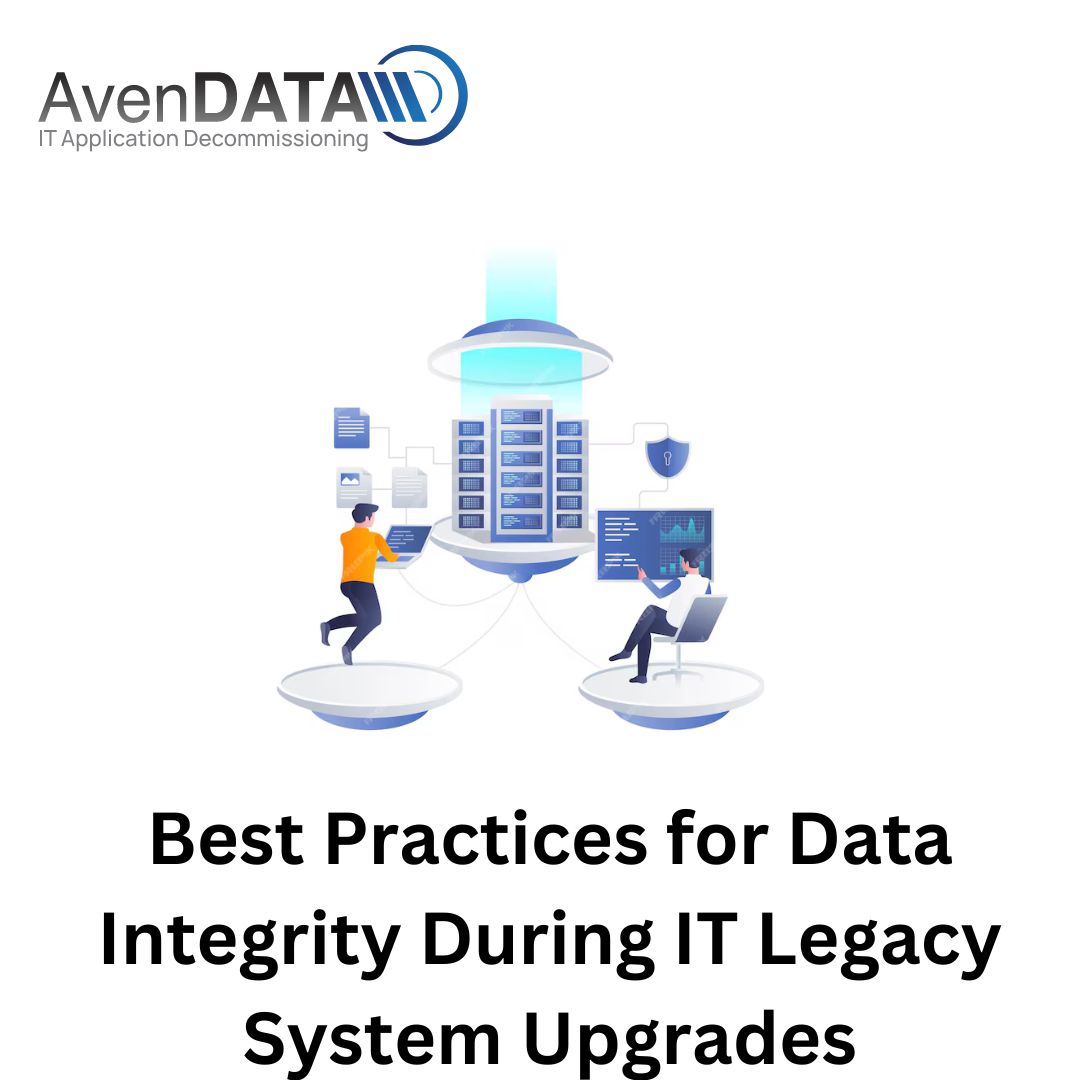In today's data-driven world, maintaining the integrity of information during IT legacy system upgrades is critical. As organizations transition from outdated systems to modern solutions, ensuring that data remains accurate, consistent, and reliable is paramount. This blog explores the best practices to safeguard data integrity throughout the upgrade process, ensuring a smooth transition while preserving the quality of critical business information.
Understanding Data Integrity
Data integrity refers to the accuracy, completeness, and consistency of data throughout its lifecycle. In the context of IT legacy system upgrades, data integrity involves ensuring that the data transferred from old systems to new systems remains unaltered and reliable. Any compromise in data integrity can lead to significant issues, including operational disruptions, financial losses, and damage to the organization's reputation.
Challenges in Maintaining Data Integrity
Complex Data Structures
Legacy systems often contain complex and disparate data structures that may not easily map to new systems.
Data Redundancy
Multiple copies of data across different systems can lead to inconsistencies.
Data Corruption
During the transfer process, data can become corrupted if not handled correctly.
Best Practices for Ensuring Data Integrity
Conduct a Comprehensive Data Audit
Before initiating the upgrade, perform a thorough audit of the existing data. Identify critical data sets, assess their quality, and document their structure and relationships. This audit helps in understanding the scope of the data migration and identifying potential issues early in the process.
Cleanse Data
Data cleansing involves removing or correcting inaccurate, incomplete, or irrelevant data from the legacy system. This step ensures that only high-quality data is migrated to the new system, reducing the risk of data corruption and inconsistencies.
Establish Data Governance Policies
Implement robust data governance policies to define how data should be handled during the upgrade. This includes setting standards for data quality, security, and compliance. Clear policies ensure that everyone involved in the upgrade follows consistent practices, minimizing the risk of errors.
Use Automated Tools
Leverage automated data migration and validation tools to reduce the risk of human error. Automated tools can efficiently handle large volumes of data, ensuring accurate and consistent transfer. Additionally, these tools can perform real-time data validation to identify and rectify issues immediately.
Perform Data Mapping and Transformation
Develop a detailed data mapping plan to define how data from the legacy system will be transformed and loaded into the new system. This plan should include rules for converting data formats, handling null values, and reconciling discrepancies. Data transformation ensures that the migrated data aligns with the requirements of the new system.
Implement Data Encryption
Protect data during the migration process by using encryption techniques. Encrypting data ensures that it remains secure and unaltered during transfer, reducing the risk of data breaches and corruption.
Conduct Incremental Migrations
Instead of migrating all data at once, consider an incremental approach. This involves transferring data in smaller batches, allowing for thorough testing and validation at each stage. Incremental migrations make it easier to identify and address issues without compromising the entire dataset.
Validate and Test Data
Perform rigorous validation and testing at each stage of the migration process. This includes comparing data in the legacy and new systems, running data integrity checks, and conducting user acceptance testing. Thorough testing ensures that any issues are identified and resolved before the new system goes live.
Train and Support Staff
Provide comprehensive training and support to staff involved in the migration process. Ensure they understand the importance of data integrity and are equipped with the necessary skills and knowledge to handle data correctly. Ongoing support and resources help maintain high standards of data management.
Conclusion
Upgrading IT legacy systems is a complex process that requires careful planning and execution to maintain data integrity. By following these best practices, organizations can ensure that their data remains accurate, consistent, and reliable throughout the transition. Safeguarding data integrity not only minimizes the risk of operational disruptions but also enhances the overall success of the system upgrade, enabling organizations to leverage new technologies while preserving the quality of their critical business information.






Comments